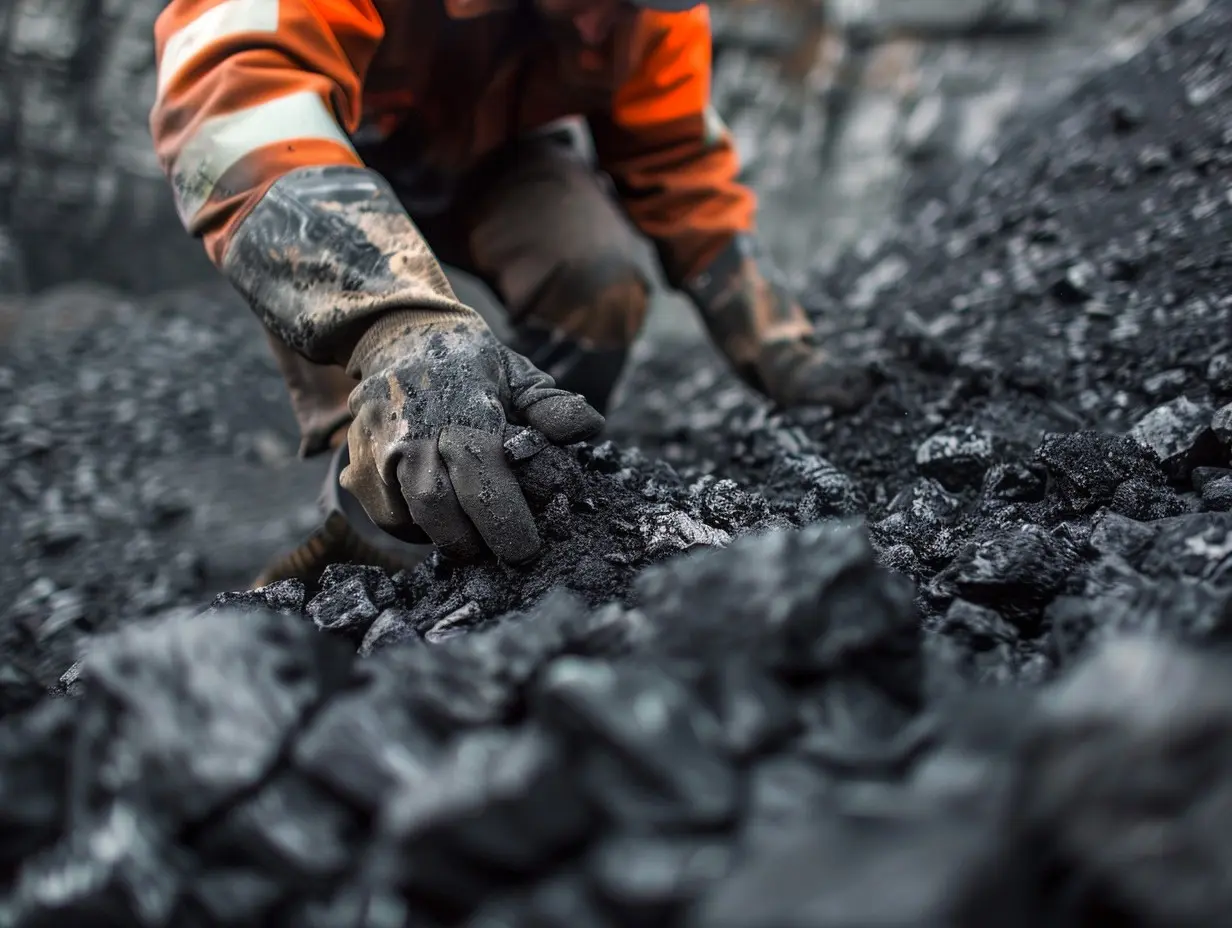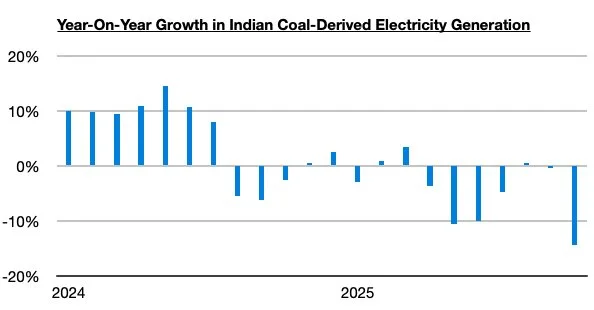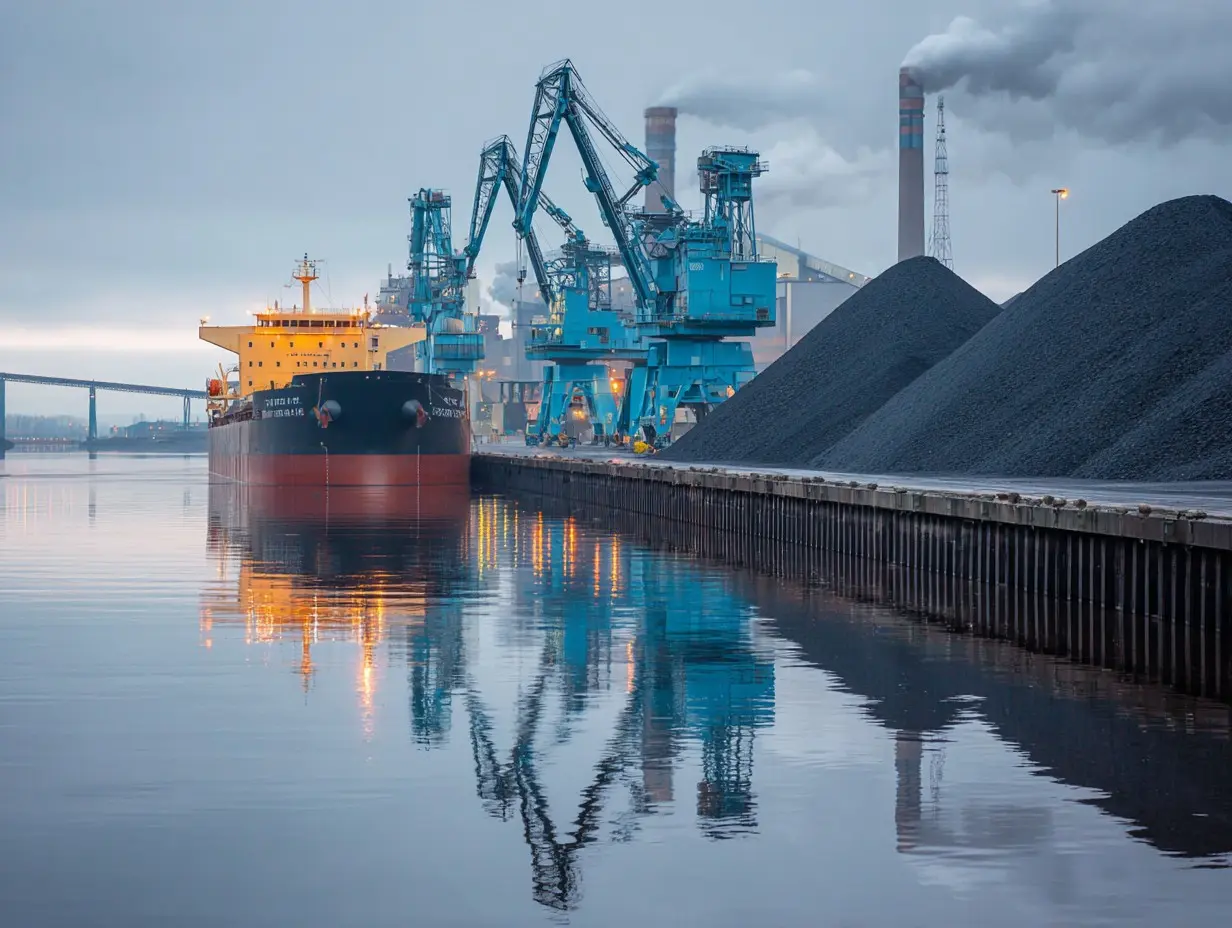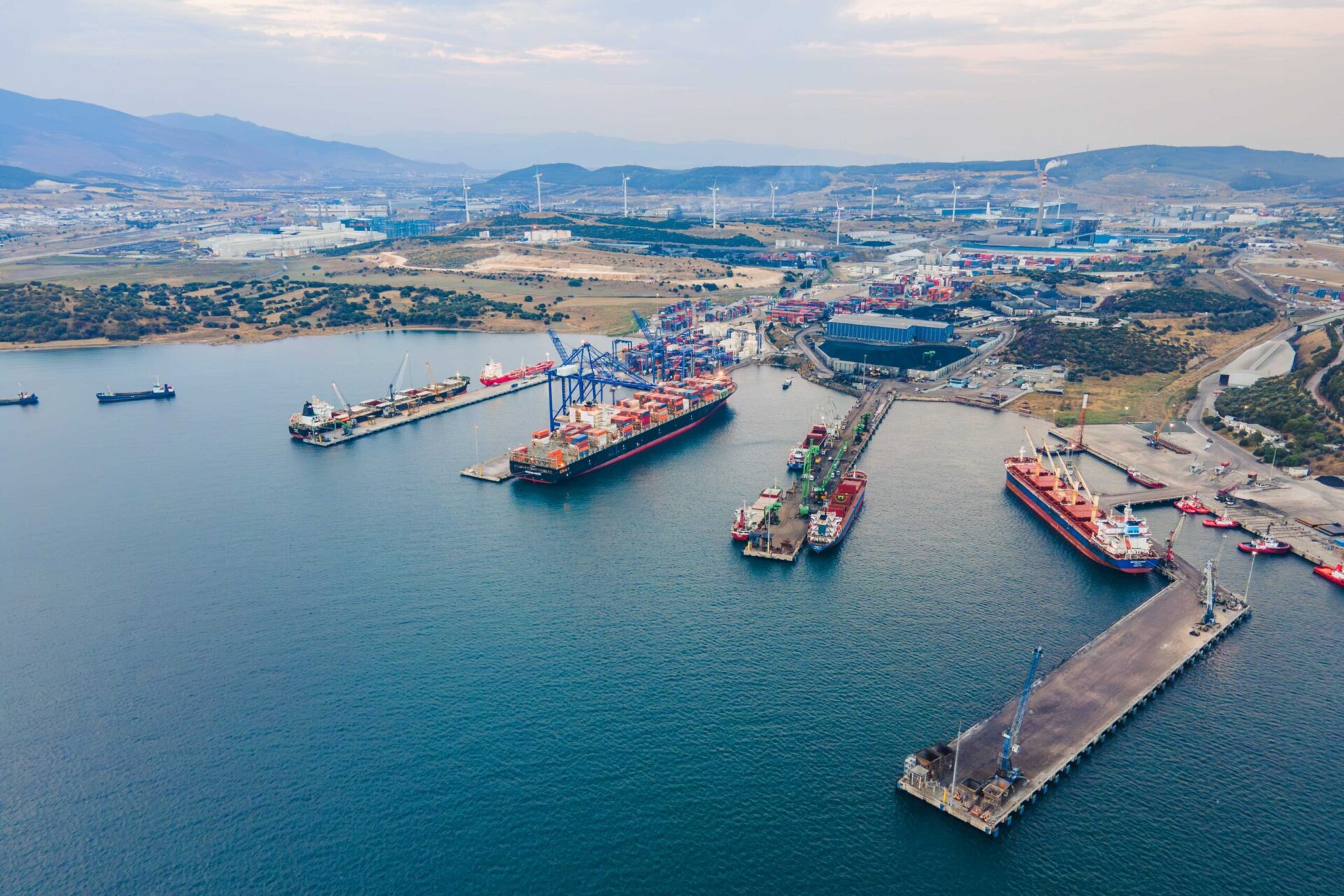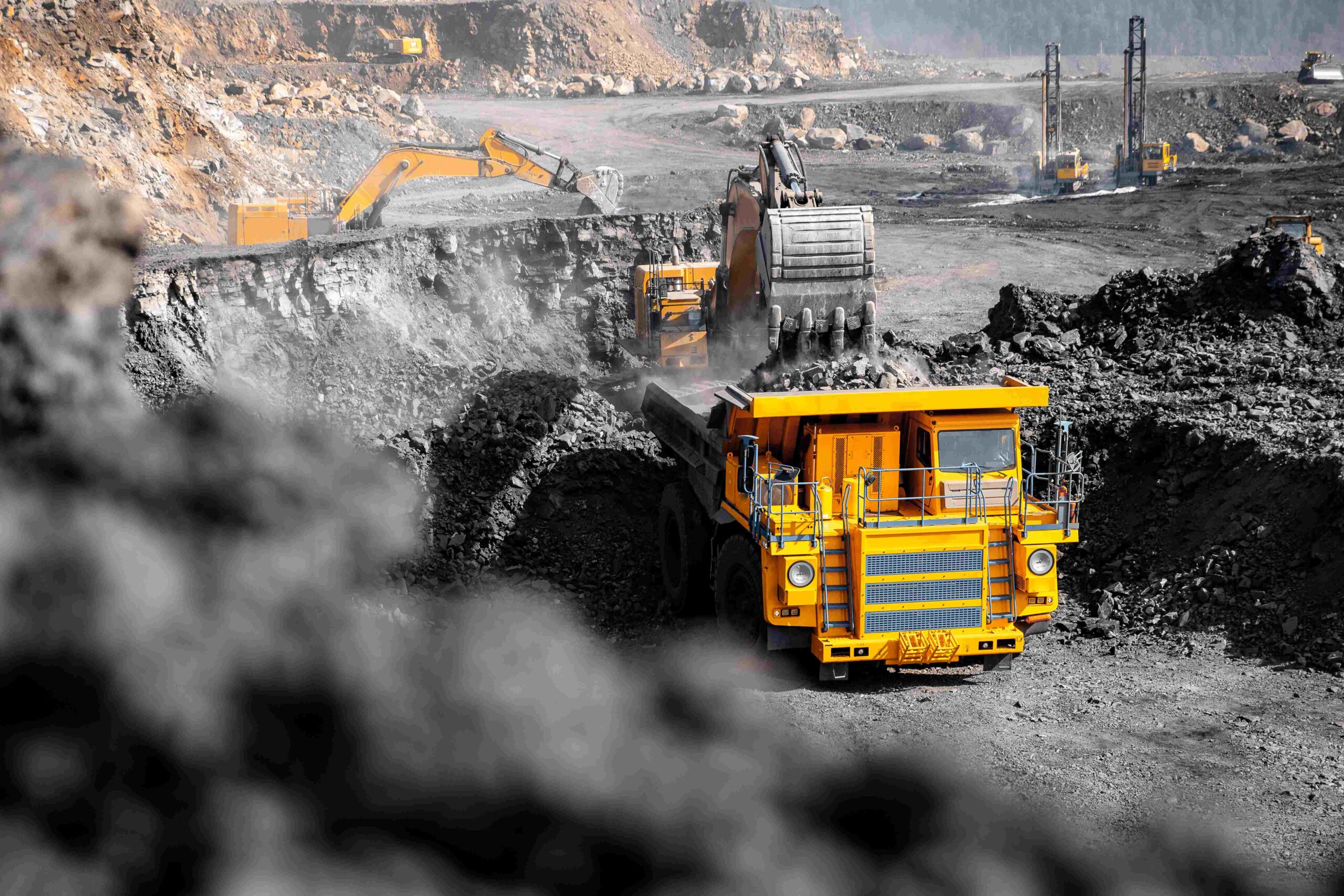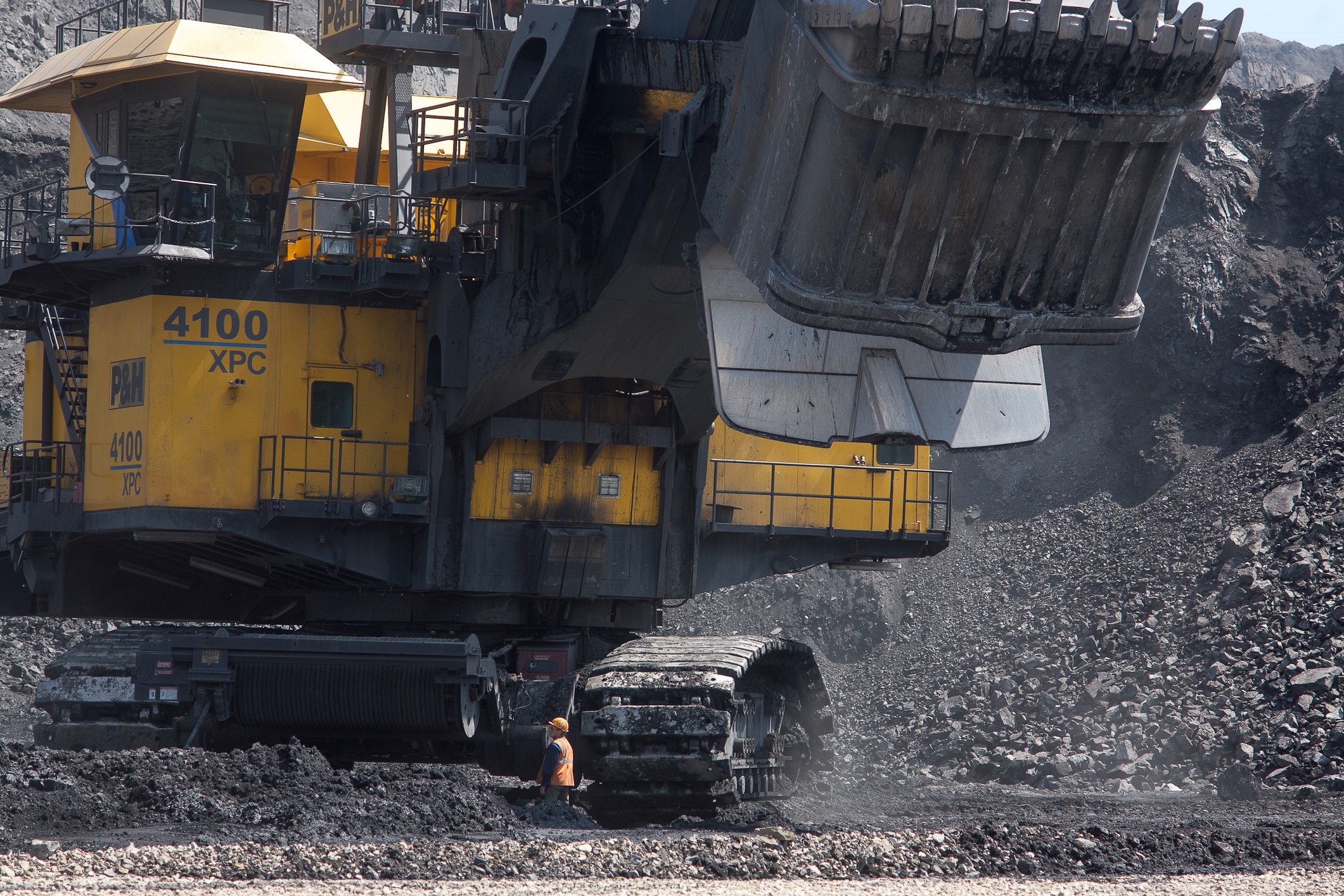

Over the past week European thermal coal quotations dropped below 130 USD/t, caused by a warmer weather, high stocks, as well as the continuing fall in gas and electricity prices. In addition, as the prices for CO2 emission quotas rose to a record 100 EUR/t, the cost of electricity production from gas was 2 EUR/MWh lower than from coal at the beginning of March.
Due to stable supplies, the downtrend in the gas market persisted with quotations at the TTF hub dipping to 455 USD/1,000 m3 (-76 USD/1,000 m3 or -14.3% w-o-w). European gas storage facilities are currently 57% full and no issues are expected before the end of the heating season.
Coal stocks at ARA terminals remain at a high level and exceed 7 mio t (virtually unchanged w-o-w).
South African High-CV 6,000 prices fell below 130 USD/t, following European indices and the overall negative trend after reports of lower Chinese GDP growth targets along with declining imports from Europe, India and Pakistan.
In China, spot prices for 5,500 NAR coal at the port of Qinhuangdao went down by 10 USD/t to 161 USD/t resulting from statements by Chinese authorities on the country’s GDP growth target of 5% instead of the previously announced 6%, that is rather a negative signal for the coal market in view of the expected reduction in consumption and demand. Additional pressure came from higher port inventories and warmer weather in the north of China reaching record highs for March as well as lower demand for import material. According to the China Electricity Council, steam coal consumption fell 31% over the week.
The Chinese authorities signaled their intention to halt initiatives aimed at increasing coal output, which led to a jump in production of up to 12 mio t per day. During the March 05 meeting, the intention to stabilize the sector was stated, but no exact figures were mentioned. Some sources reported the production could be lowered to below 12 mio t per day and the number of permits to start up new mining capacities would drop. Coal stocks at the port of Qinhuangdao climbed up to 5.5 mio t (+0.2 mio t w-o-w).
Indonesian 5,900 GAR weakened by 9 USD/t to 125 USD/t amid lower demand from Chinese and European consumers.
Indonesian authorities changed the formula of HBA benchmark, which is used for tax purposes and serves as a reference for domestic prices. From now on this benchmark will not be guided by global and domestic indices but will be calculated as an average figure of actual sales of Indonesian coal for the past two months.
High-CV Australian 6,000 plunged below 180 USD/t as demand for steam coal in the Asia-Pacific declined.
Australian metallurgical coal indices rose to 365 USD/t, driven by stronger demand from China.
Customs authorities of two major ports in China (Caofeidian and Jingtang) reported that besides the state metallurgical company Baowu Steel, other market participants are allowed to import Australian coal. Two other major steel producers were granted permission, while some Australian supplier reported an increase in requests from other Chinese steel mills.
Source: CAA

